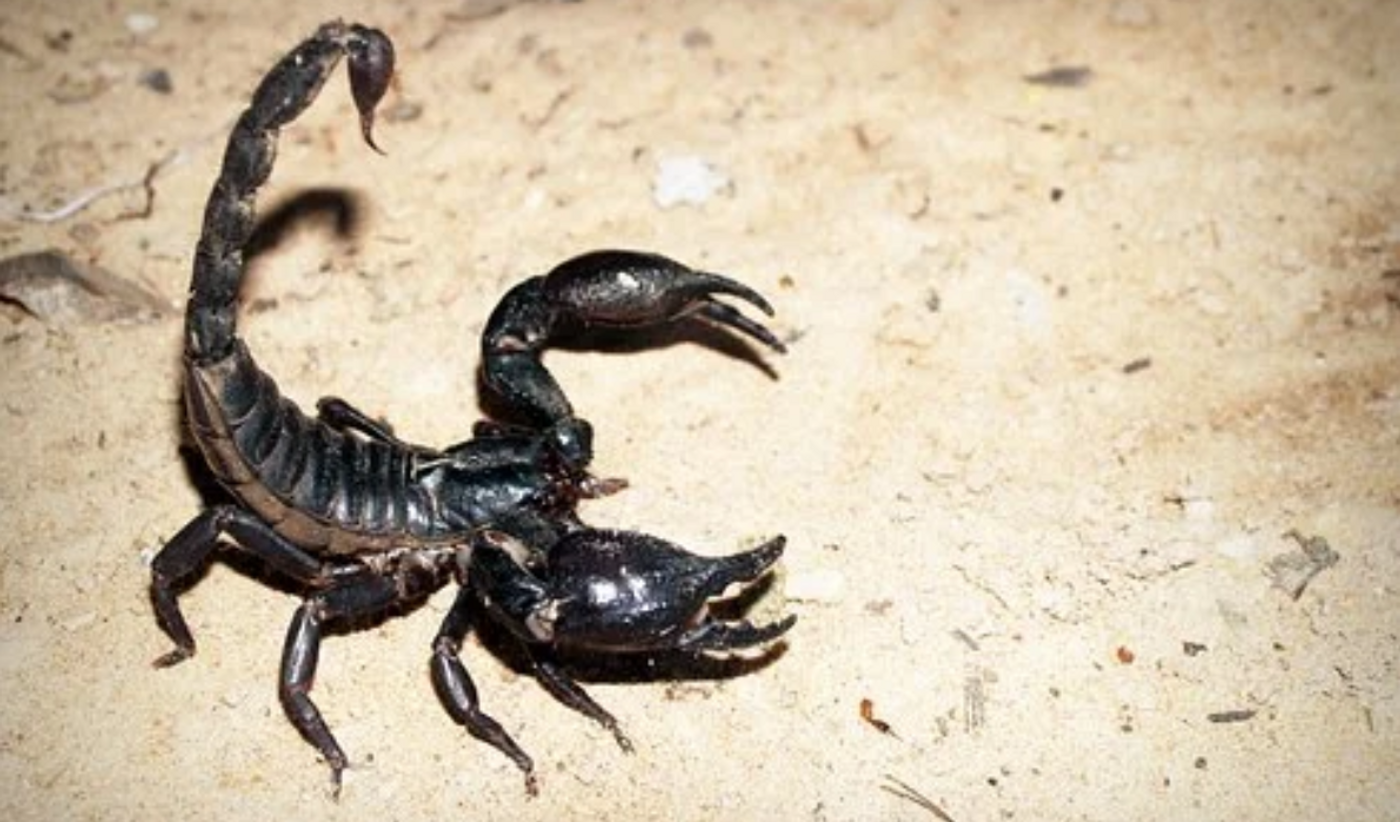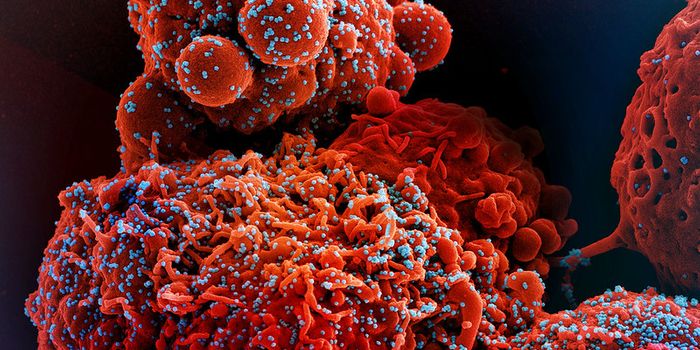Transcriptomics Method Can Reveal Genes Behind Venom Production
Some of our best medications have come from nature. For years, researchers have been studying the properties of different types of venom to look for potential therapeutic applications. About 100,000 animals produce venom, and most are a complex cocktail of different molecules with many different biological effects; for example, some of those might act as enzymes, and trigger reactions, others can act on a wide variety of biochemical pathways, while some have antimicrobial effects.
Some drugs that are based on venoms or venom components are already on the market, like Aggrastat (Tirofiban), which can act as a glycoprotein inhibitor and might be used to treat a heart attack, or Exanta (Ximelagatran), which is a thrombin inhibitor and is prescribed to treat complications from atrial fibrillation.
Though venom has many potential uses, studying it presents ethical and experimental challenges. To address those issues, and accelerate the study of venom, researchers have developed a new technique to identify genes are involved in venom production.
Reporting in PLOS One, scientists used transcriptomics to reveal more about the genetics of venom. In this approach, all of the active genes in a sample are sequenced, by focusing on the RNA transcripts that are present (since active genes are transcribed from DNA into mRNA by cells). But instead of using transcriptomics on venom gland cells, in this study the scientist used venomous substances. This way, animals don't have to be killed so their venom glands can be removed for study.
Researchers will also be able to investigate how venoms may differ, and what is influencing those differences. The study authors suggested that diet, the time of year, or how old an animal is may all impact venom production.
“Every venom contains tens to more than hundreds of different venomous substances, also called toxins, which are produced by the venom gland. After a bite or sting, these can have a toxic effect on various systems, such as the nerve endings or blood circulation," said first study author Freek Vonk, a professor at Vrije Universiteit (VU) Amsterdam.
Venom production is not the same in all animals either. “Some animals, such as snakes and centipedes, have venom-producing cells that issue their venom to the storage space in the venom gland in small vesicles, which results in a relatively ‘clean’ venom," explained study co-author and VU graduate student Mátyás Bittenbinder. "Other animals, such as scorpions, allow their venom gland cells to be ‘cut off’ in pieces or even completely disintegrate in the venom storage space and therefore produce a venom that contains many cell remains."
The researchers collected substances from those cell remains and performed transcriptomics on those samples. So this method doesn't work for snake venom, but it will on a huge number of other venomous animals, including fish, scorpions, or even the platypus, said senior study author Arie van der Meijden, a researcher at the University of Porto.
Sources: Naturalis Biodiversity Center, PLOS One
-
APR 30, 2024Immuno-Oncology Virtual Event Series 2024
-
MAY 07, 20243rd International Biosecurity Virtual Symposium
-
SEP 03, 2024Microbiology Week Virtual Event Series 2024
- See More


















































